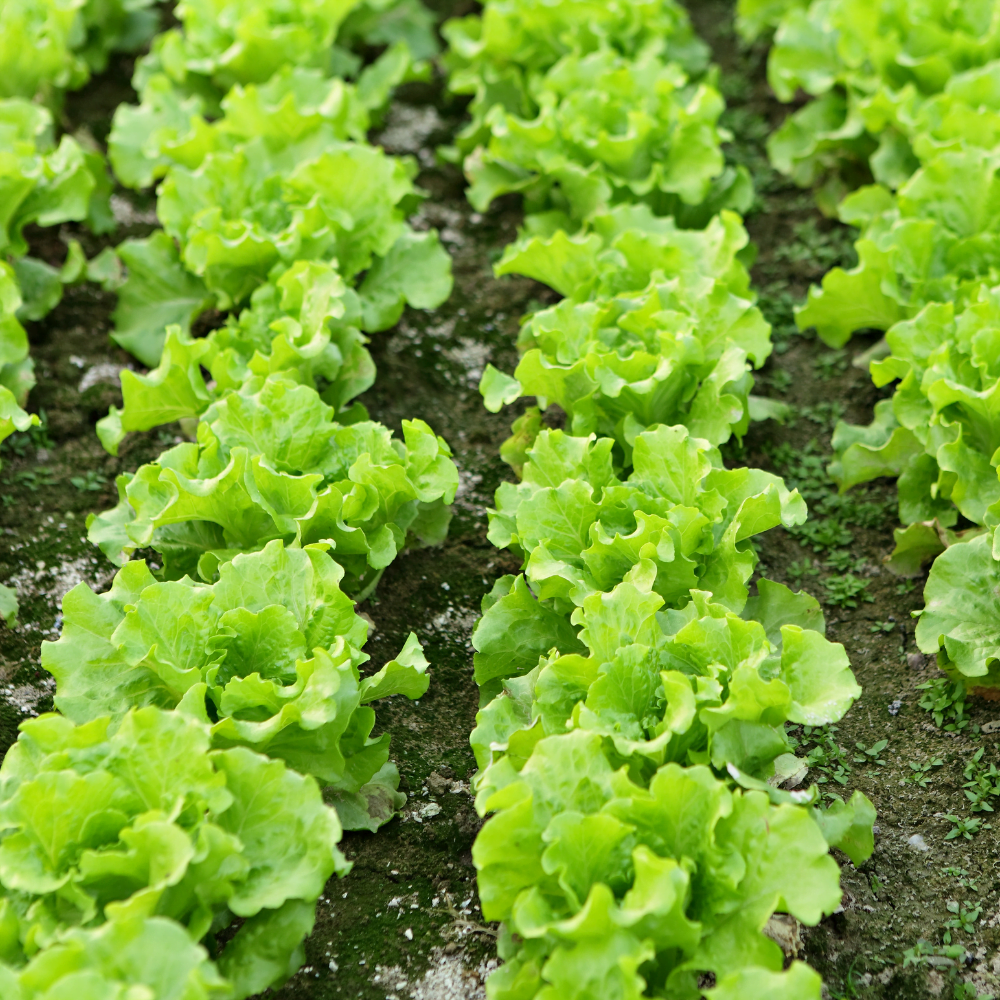So you’re interested in growing some Black Seeded Simpson Lettuce, huh? Well, you’ve come to the right place. In this article, we’ll be discussing the best time to plant this popular variety of lettuce. If you’ve got a green thumb and want to add some fresh, crispy leaves to your garden, then keep reading to find out when exactly you should be sowing those seeds. Whether you’re a seasoned gardener or just starting out, we’ve got all the information you need to ensure a successful lettuce harvest. Let’s get planting!
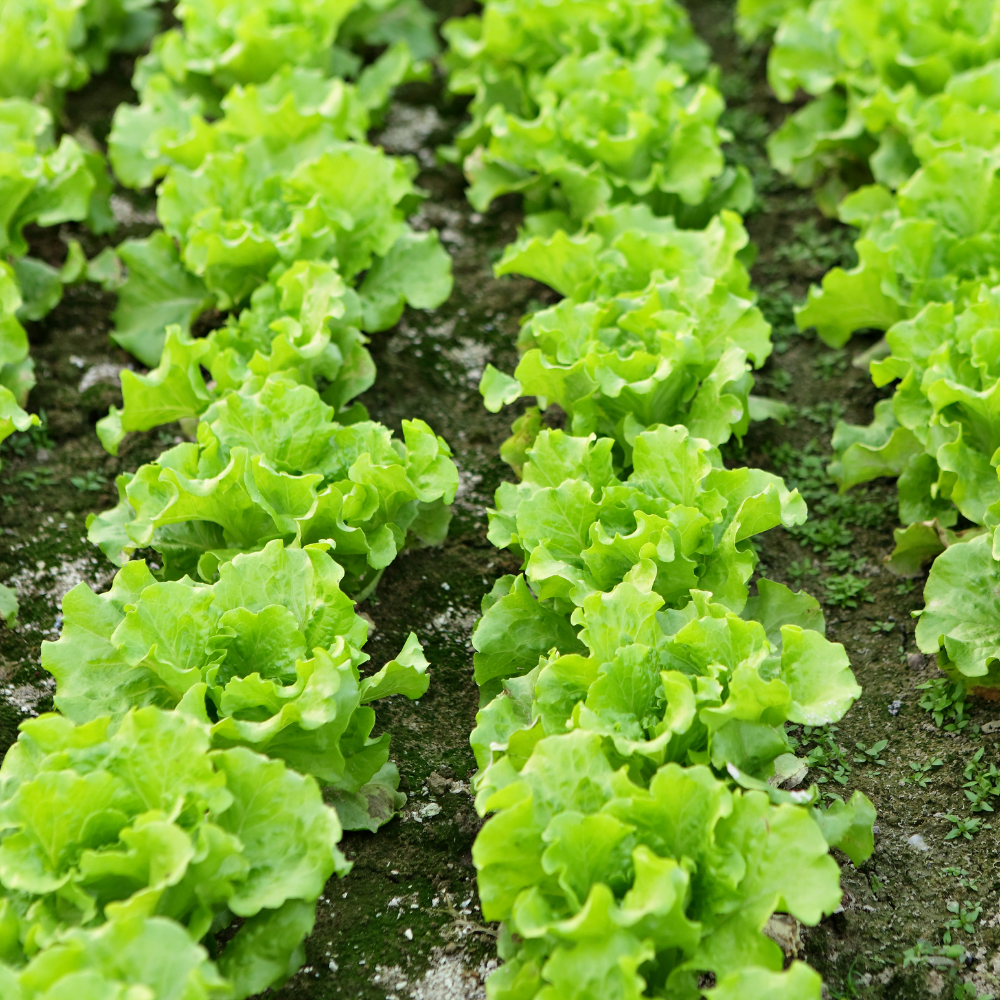
Factors to Consider Before Planting
Before you start planting black seeded Simpson lettuce, there are a few important factors to consider. These factors will greatly affect the success of your lettuce crop, so it’s essential to take them into account.
Climate
One of the most crucial factors to consider when planting black seeded Simpson lettuce is the climate. Lettuce is a cool-season crop that thrives in mild temperatures. It prefers temperatures between 45°F and 75°F (7°C to 24°C). If the weather is too hot, the lettuce may bolt or become bitter. On the other hand, if it’s too cold, the lettuce may not germinate or grow properly. Therefore, it’s important to choose a planting time when the climate is suitable for lettuce growth.
Soil Temperature
In addition to considering the external climate, you also need to pay attention to the soil temperature. Lettuce prefers to grow in soil temperatures between 40°F and 70°F (4°C to 21°C). Planting when the soil is too cold can lead to poor germination, while planting when it’s too warm can cause the lettuce to develop slowly or even fail to germinate. It’s crucial to check the soil temperature before planting to ensure optimal conditions for your lettuce.
Frost Dates
Another important factor to consider is the average frost dates in your region. Frost can damage or kill lettuce plants, so it’s essential to plant after the risk of frost has passed. The specific frost dates will vary depending on your location, so make sure to research and find out the frost dates in your area. By planting after the last expected frost, you can protect your lettuce from potential damage and ensure a successful harvest.
Daylight Hours
Lettuce is a short-day plant, which means it thrives in shorter daylight hours. If the days are too long, lettuce plants may produce smaller and less flavorful leaves. Therefore, it’s important to consider the daylight hours when determining the best time to plant black seeded Simpson lettuce. Planting during the months when daylight hours are shorter will help ensure optimal growth and flavor.
Best Time for Direct Sowing
Direct sowing is a planting method where seeds are sown directly into the garden soil. It’s a convenient and straightforward approach to planting black seeded Simpson lettuce. However, it’s essential to choose the right time for direct sowing to maximize your chances of success.
Cool Season
Black seeded Simpson lettuce is a cool-season crop, meaning it prefers to grow in cooler temperatures. The best time for direct sowing is during the cool spring or fall seasons when temperatures are mild. Spring planting allows the lettuce to grow and mature before the heat of summer, while fall planting gives the lettuce a chance to establish before winter. By choosing the cool season, you can ensure optimum growth and prevent the lettuce from bolting prematurely.
Spring Planting
Spring planting is an excellent option if you live in a region with mild springs and relatively cool summers. Avoid planting too early when the soil is still cold, as it can hinder germination. Instead, wait until the soil temperature reaches around 40°F (4°C) before sowing the seeds. The soil will be warmer, and the risk of frost will be significantly reduced, allowing the lettuce to thrive.
Fall Planting
Fall planting is an ideal choice if you prefer to harvest lettuce in the cooler months. Planting in late summer to early fall allows the lettuce to establish and grow before winter sets in. Choose a time when the soil is still warm enough for germination but ensure you have enough time before the first frost of the season. By planting in the fall, you can extend your lettuce harvest season and enjoy fresh greens well into the cooler months.
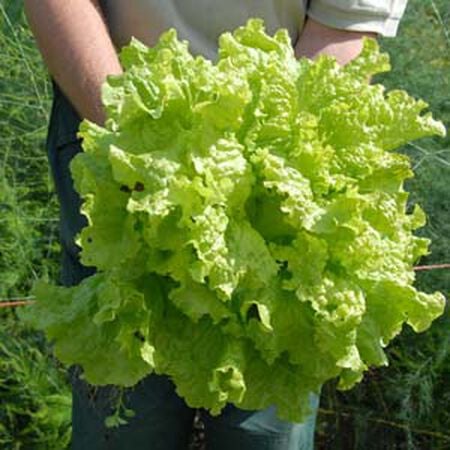
Indoor Seed Starting Time
If you prefer to have more control over the germination and early growth of your black seeded Simpson lettuce, starting seeds indoors is a great option. Starting seeds indoors allows you to provide optimal conditions for germination and ensures a head start for your lettuce seedlings.
Transplanting Outdoors
When starting seeds indoors, you will need to transplant the seedlings outdoors once they are strong enough and the weather conditions are suitable. To determine the ideal transplanting date, you need to calculate the indoor start date and consider the estimated outdoor planting time.
Calculating Indoor Start Date
To calculate the indoor start date, you will need to consider the average time the seeds take to germinate and reach transplant size. Typically, black seeded Simpson lettuce seeds germinate in 7 to 10 days, and the seedlings are ready to transplant in 3 to 4 weeks. Add these times to the estimated outdoor planting time to determine the indoor start date.
For example, if the estimated outdoor planting time is April 1, you would count back 7 to 10 days for germination and another 3 to 4 weeks for transplanting. This would give you a start date around mid-February to early March.
Seedling Care
Once you’ve started your black seeded Simpson lettuce seeds indoors, it’s important to provide proper care to ensure healthy seedling growth. Place the seedlings in a location with ample sunlight or use grow lights to provide sufficient light. Maintain a consistent temperature between 60°F and 70°F (15°C to 21°C) to encourage optimal growth. Water the seedlings regularly, keeping the soil moist but not waterlogged. As the seedlings grow, ensure adequate air circulation to prevent damping-off and other fungal diseases.
Recommended Soil Conditions
The soil conditions in which you plant your black seeded Simpson lettuce greatly impact its growth and overall health. Ensure you provide the ideal soil environment to maximize the productivity of your lettuce crop.
Loose and Well-Draining Soil
Lettuce prefers loose, friable soil that allows for easy root penetration and good drainage. Amend heavy clay soils with organic matter, such as compost, to improve their structure and drainage. Loose soil enables the lettuce roots to grow and absorb nutrients efficiently. Incorporating organic matter also helps with water retention, preventing the soil from drying out too quickly.
Soil pH
Lettuce grows best in slightly acidic to neutral soil with a pH range of 6.0 to 7.0. Before planting, it’s essential to test your soil’s pH to ensure it’s within the optimal range for lettuce growth. If the pH is too high or too low, you can amend the soil accordingly by adding lime to raise the pH or sulfur to lower it. Maintaining the ideal pH level will promote healthy growth and nutrient uptake in your black seeded Simpson lettuce.
Soil Amendments
In addition to improving soil structure with organic matter, you can also amend the soil with specific nutrients to enhance lettuce growth. Adding a balanced, slow-release fertilizer or incorporating well-rotted manure into the soil before planting can provide the necessary nutrients for your lettuce crop. Pay attention to the nutrient requirements of lettuce and modify the soil accordingly to ensure optimal growth and productivity.
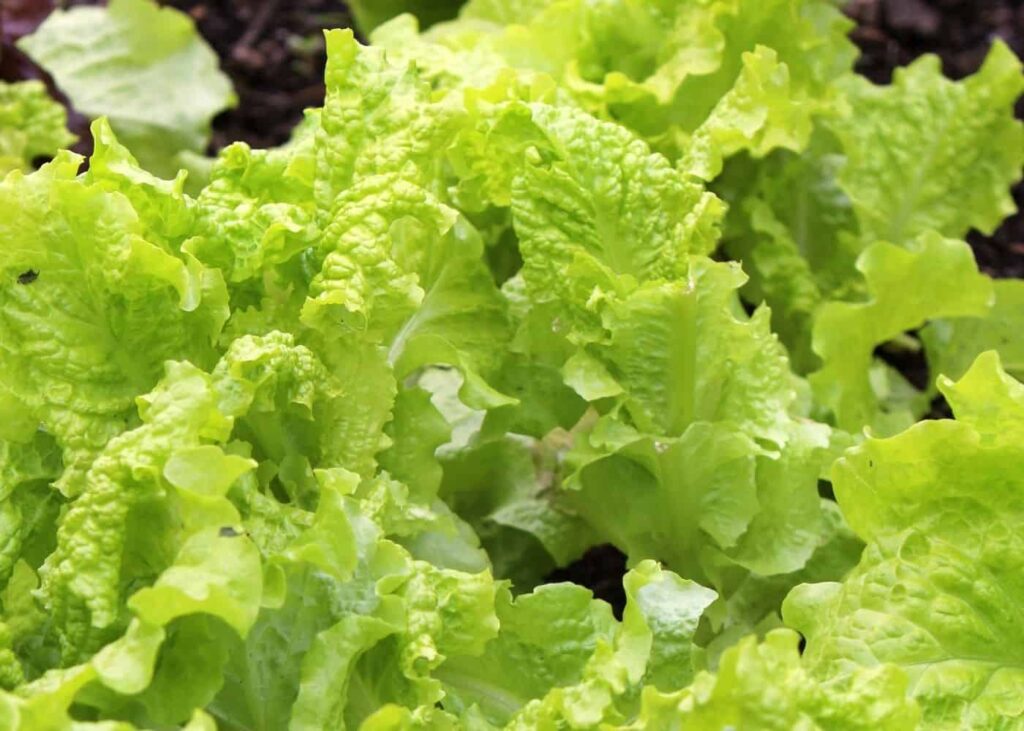
Site Selection
Choosing the right site for planting your black seeded Simpson lettuce is crucial for its success. Consider several factors to ensure your lettuce has the best possible growing conditions.
Sunlight Requirements
Select a site that receives at least six hours of direct sunlight per day for maximum lettuce growth. Lettuce is a sun-loving plant that requires ample light to thrive. Insufficient sunlight can lead to weak and leggy growth, as well as reduced leaf production. Choose a location in your garden that receives the most sunlight, especially during the cooler spring or fall seasons.
Shade Considerations
While lettuce thrives in full sun, it’s also important to consider shade considerations, especially in regions with hot summers. Intense sunlight and prolonged heat can cause lettuce to wilt or bolt prematurely. If you live in a hot climate, consider planting your black seeded Simpson lettuce where it will receive some afternoon shade to protect it from excessive heat and maintain the quality of the leaves.
Wind Shelter
Strong winds can damage lettuce plants and affect their growth. Choose a site that offers some natural wind shelter, such as a fence, trees, or other structures. If natural windbreaks are not available, you may need to consider erecting temporary windbreaks or using row covers to protect your lettuce from the damaging effects of strong winds.
Elevation
Certain regions have significant variations in elevation, which can affect the temperature and climate. If you live in an area with significant elevation changes, consider the microclimates within your garden. Higher elevations tend to be cooler, while lower elevations may be warmer. Take note of the temperature differences in different areas of your garden to choose the most suitable location for planting your black seeded Simpson lettuce.
Preparing the Soil
Properly preparing the soil before planting is key to giving your black seeded Simpson lettuce the best possible start. Follow these steps to ensure optimal soil conditions for your lettuce crop.
Clearing the Area
Start by clearing the planting area of any weeds, rocks, or debris. Remove any existing vegetation so that the lettuce plants have ample space to grow and access nutrients. Clearing the area ensures that there is no competition for resources and reduces the likelihood of potential pests or diseases.
Soil Testing
Conducting a soil test is an important step in preparing the soil. A soil test provides valuable information about the nutrient levels and pH of your soil, allowing you to make any necessary adjustments. You can purchase a soil testing kit or send a sample to a local agricultural extension office for analysis. Based on the results, you can amend the soil with fertilizer or other additives to ensure the optimal nutrient balance for your lettuce crop.
Adding Organic Matter
Adding organic matter, such as compost or well-rotted manure, is crucial for enriching the soil and improving its structure. Organic matter increases the soil’s ability to retain moisture, provides essential nutrients, and promotes beneficial microbial activity. Spread a layer of compost or well-rotted manure over the planting area and work it into the top few inches of soil. This will enhance the soil’s fertility and create a favorable environment for your black seeded Simpson lettuce.
Tilling
After adding organic matter, it’s time to till the soil. Use a garden tiller or a hand tool to break up any clumps and aerate the soil. Tilling helps mix in the organic matter and ensures it is evenly distributed throughout the soil. Smooth out the soil surface and eliminate any large clumps or debris. A well-prepared soil will provide excellent growing conditions for your black seeded Simpson lettuce.
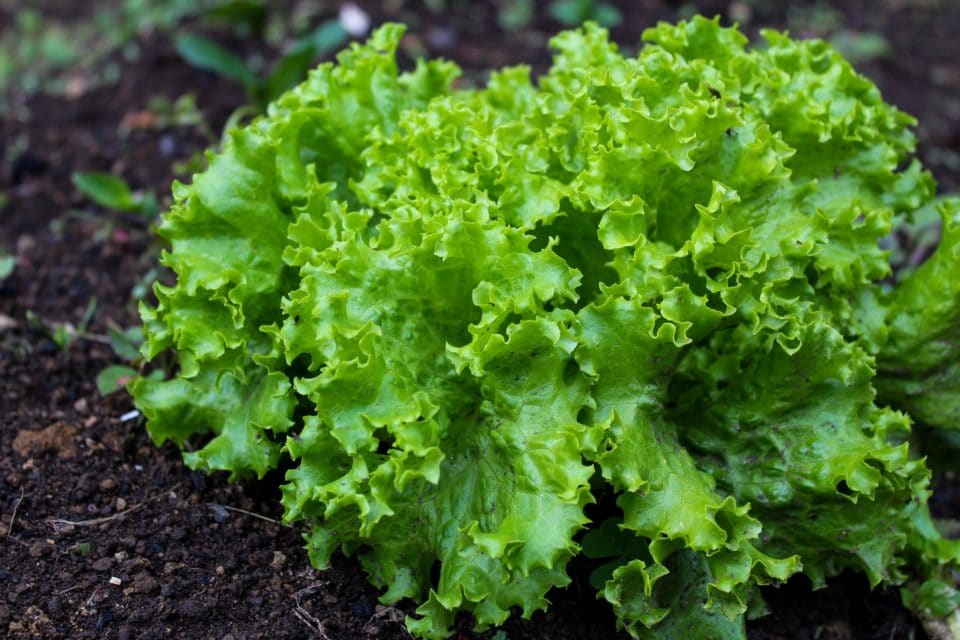
Planting Techniques
Proper planting techniques are essential to ensure successful germination and healthy growth of your black seeded Simpson lettuce. Pay attention to specific planting considerations to maximize your lettuce crop’s productivity.
Plant Spacing
Give your lettuce plants enough space to grow and develop without crowding. Crowded plants may compete for resources and be more susceptible to diseases. The specific plant spacing will depend on the variety you’re planting. Typically, lettuce plants should be spaced 6 to 12 inches apart, with rows spaced 12 to 18 inches apart. This spacing allows adequate airflow and prevents overcrowding.
Sowing Depth
Lettuce seeds are very small, so it’s essential to sow them at the correct depth. Plant the seeds at a depth of approximately 1/4 inch (or 6mm) in the prepared soil. Lightly cover the seeds with soil, ensuring they are not buried too deeply. Too much soil on top of the seeds can prevent them from germinating properly. Pat the soil gently to ensure good seed-to-soil contact.
Watering
Consistent and adequate watering is crucial during the germination and growth of your lettuce plants. Keep the soil moist but not waterlogged. Lettuce has shallow roots, so frequent light watering is preferred over heavy, infrequent watering. Water the plants in the morning to allow the leaves to dry before evening, reducing the risk of fungal diseases.
Mulching
Applying a layer of mulch around your lettuce plants offers several benefits. Mulch helps conserve soil moisture, suppresses weed growth, and maintains a more even soil temperature. Apply a layer of organic mulch, such as straw or shredded leaves, around the lettuce plants, leaving a small space around the stems to prevent rotting. Mulching will also help keep the soil loose and prevent erosion during heavy rainfall.
Crop Care and Maintenance
Taking care of your black seeded Simpson lettuce throughout its growth is crucial for a bountiful harvest. Proper watering, weed control, fertilizing, and pest and disease management are essential aspects of crop care and maintenance.
Watering Requirements
Lettuce plants have shallow roots, and consistent moisture is vital for their growth. Water your black seeded Simpson lettuce regularly, ensuring the soil remains moist but not soggy. During dry periods or hot weather, you may need to increase the frequency of watering. Avoid overhead watering, as wet leaves can invite diseases. Instead, water at the base of the plants to keep the foliage as dry as possible.
Weed Control
Weeds compete with lettuce plants for nutrients, water, and sunlight. Regular weeding is essential to prevent weeds from overtaking your lettuce crop. Use mulch to suppress weed growth and hand-pull any weeds that appear. Be careful not to disturb the shallow lettuce roots when removing weeds. A weed-free environment allows your black seeded Simpson lettuce to receive the necessary resources uninterrupted.
Fertilizing
Applying fertilizer to your lettuce plants is necessary to replenish nutrients and promote healthy growth. Choose a balanced, slow-release fertilizer and follow the manufacturer’s instructions for application rates. Over-fertilizing can lead to excessive leaf growth and reduced head formation. Apply the fertilizer according to the specific recommendations for lettuce and consider the soil test results, if available, for precise nutrient requirements.
Pest and Disease Management
Protecting your black seeded Simpson lettuce from pests and diseases is crucial for a successful harvest. Common pests that may affect lettuce include aphids, slugs, snails, and caterpillars. Regularly inspect your plants for signs of pest damage, and take appropriate measures to control them if necessary. Encourage beneficial insects, such as ladybugs, spiders, and lacewings, to naturally regulate pest populations. Additionally, be vigilant for signs of diseases like powdery mildew or downy mildew. If identified, promptly treat the affected plants with appropriate organic or chemical fungicides.

Harvesting
Harvesting your black seeded Simpson lettuce at the right time ensures the best flavor and quality. Different stages of lettuce growth yield different results, so it’s important to know when to harvest.
Leaf Harvesting
You can begin harvesting lettuce leaves as soon as they have reached a desirable size. Pick the outer leaves first, leaving the center leaves to continue growing. This allows the remaining leaves to develop fully. Cut the leaves just above the soil level using a sharp garden scissors or knife. Regular leaf harvesting promotes new growth and extends the harvest season.
Bolting and Flowering
If you notice your black seeded Simpson lettuce sending up a tall stalk with flowers, this is known as bolting. Bolting typically occurs when temperatures rise, signaling to the lettuce that it’s time to reproduce. Unfortunately, bolting leads to bitter-tasting leaves and reduced quality. To prevent bolting, harvest the whole lettuce head before it starts to bolt. If you notice the formation of a tall stalk, it’s best to remove the plant and replant if desired.
Seed Saving
If you’re interested in saving seeds from your black seeded Simpson lettuce, allow the plant to bolt and produce flowers. As the flowers fade, they will develop into seed heads containing lettuce seeds. Allow the seed heads to dry completely on the plant. Once dry, remove the seed heads and separate the seeds from the chaff. Store the seeds in a cool, dry place in airtight containers for future use.
Conclusion
Planting black seeded Simpson lettuce requires careful consideration of several factors, such as climate, soil conditions, and planting techniques. By choosing the best time for direct sowing or starting seeds indoors, preparing the soil properly, and providing adequate care and maintenance, you can ensure a successful lettuce harvest. Remember to protect your lettuce plants from pests and diseases and harvest the leaves at the right stage to enjoy their fresh and delicious flavor. With the knowledge and tips provided in this article, you can confidently grow black seeded Simpson lettuce and enjoy a bountiful, homegrown harvest. Happy growing!
